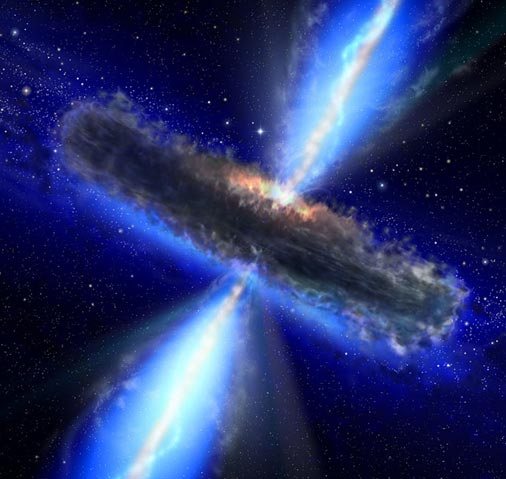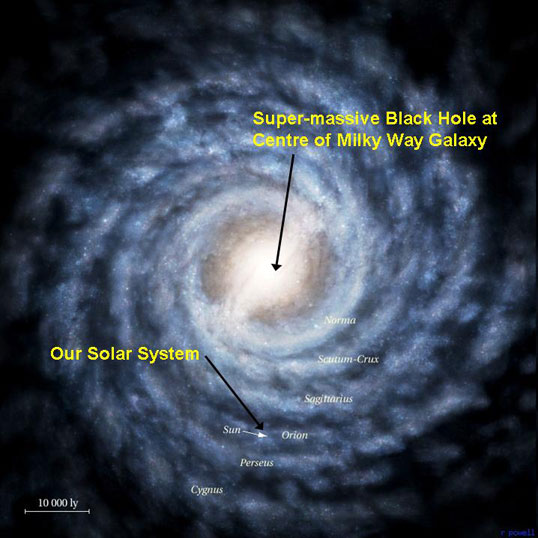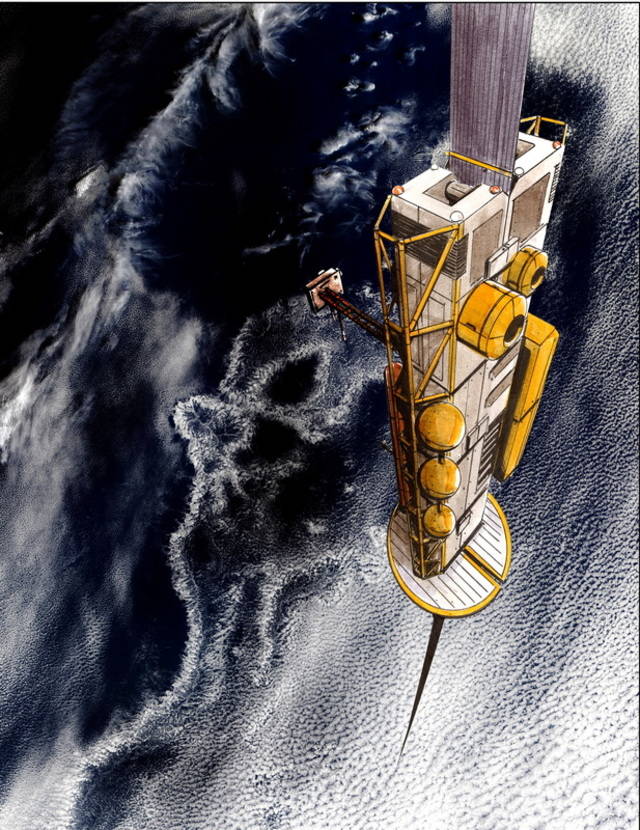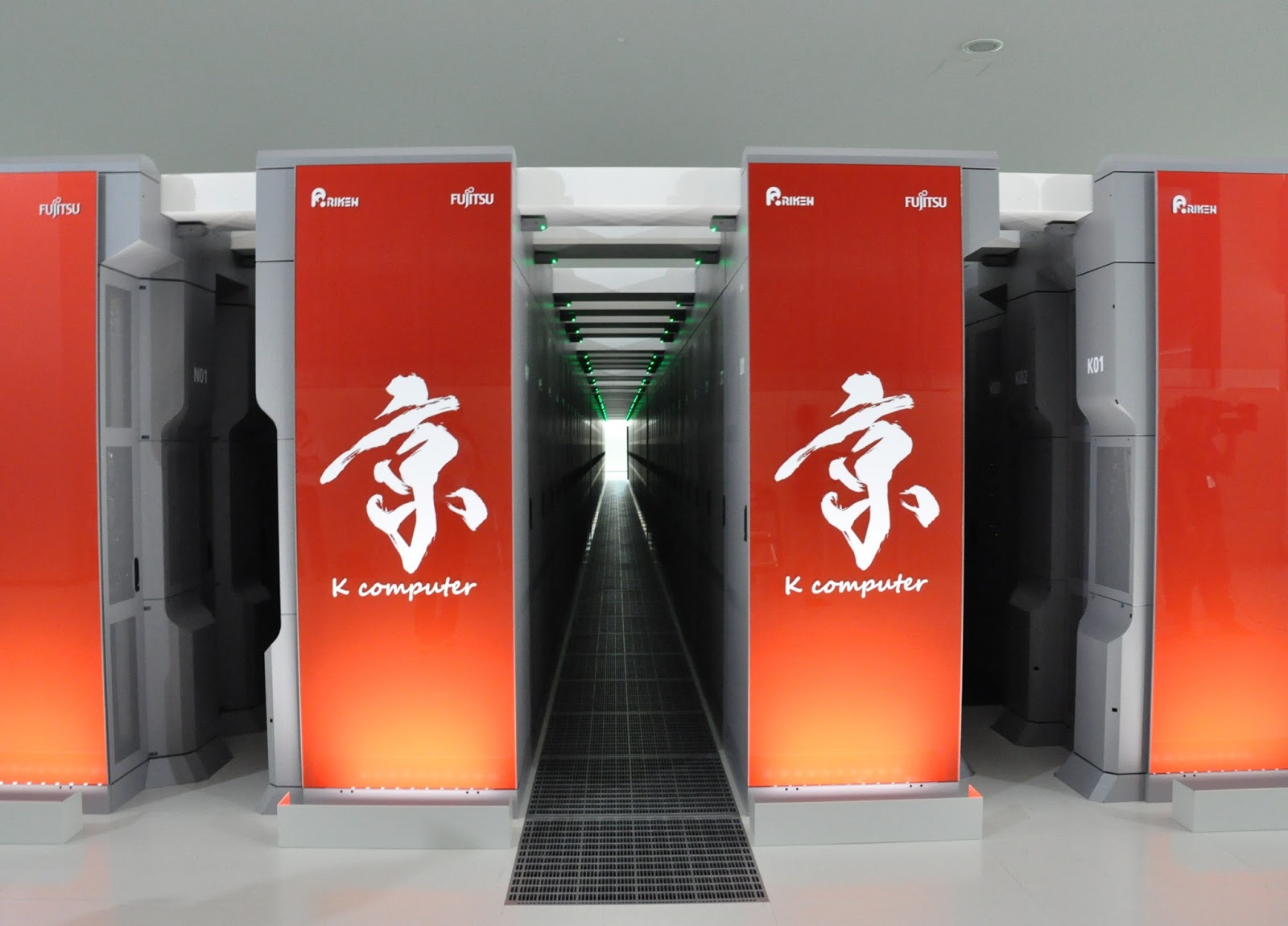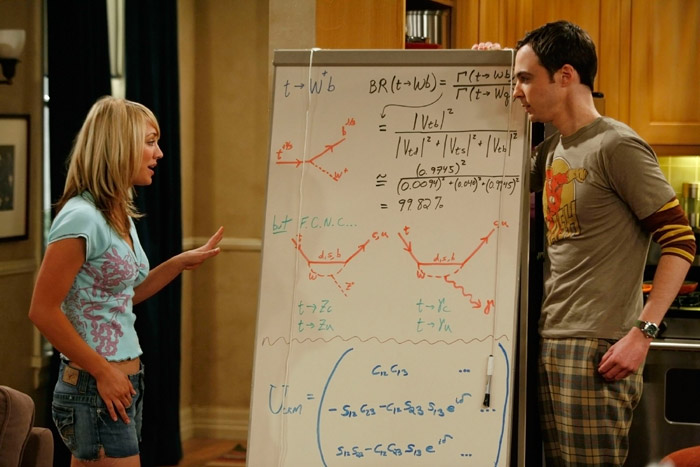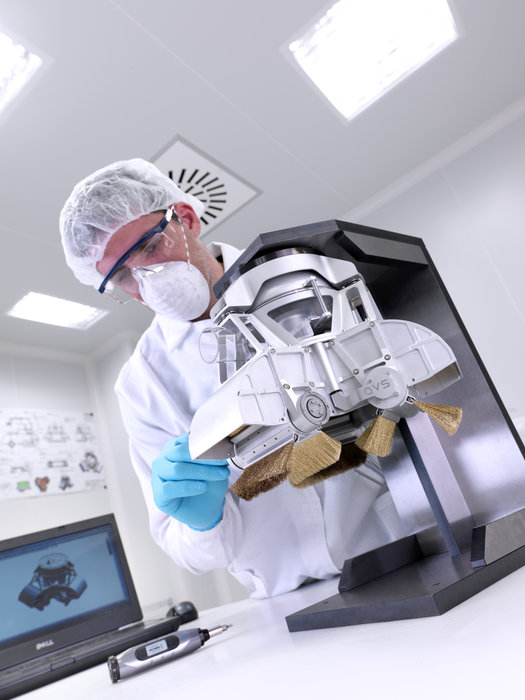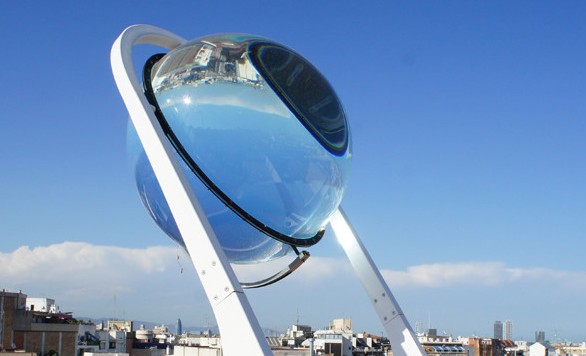By watching a massive black hole devouring a huge gas cloud, scientists are getting the first ever glimpse of how a black hole uses its massive gravitational power to pull in and consume interstellar materials.
Before we get into details, lets review what’s a black hole, and what we know about how it’s formed.
A black hole is a region of spacetime from which gravity prevents anything, including light, from escaping. The theory of general relativity predicts that a sufficiently compact mass will deform spacetime to form a black hole. Around a black hole, there is a mathematically defined surface called an event horizon that marks the point of no return.
The Milky Way monster has drawn in bits of stray material for nearly a million years. By looking at stars that are orbiting close to the black hole, it seems that it has the gravitational pull of four million suns (!!!). That gravity is now acting like a gas cloud, which is actually 37 billion miles long.
Using the VLT (very large telescope) located in Chile’s Atacama Desert, scientists are hoping to observe the cosmic event and hopefully get a few questions answered.
Will the cloud get shredded to bits and sucked in, or will much of it stay in orbit around the black hole? Will the black hole get brighter as it consumes its prey? Will Einstein’s theory of relativity, which has never been experimentally tested under such extreme conditions, hold up?
Because of the blurring caused by Earth’s atmosphere, scientists could barely observe objects in the center of our galaxy until a few years ago. Because of the light-absorbing quality of the dust in the center of the galaxy, optical telescopes are largely useless.
Instead, scientists rely on telescopes that view the galactic core in the infrared range of light. A more recent innovation is a technique known as adaptive optics, which can correct for the blurring effect.
Via: zmescience.com
Data from 2008 show the gas cloud traveling at about 800 miles per second—a lot faster than Earth, which moves at about 19 miles per second. Most recent findings indicate that the cloud is hurtling at almost 1,250 miles per second. It means that the black hole’s tug is getting stronger and stronger.
Once in a while, the black hole flares up, just like Earth’s atmosphere. Some speculate that the encounter with the gas cloud may cause flares from the black hole to become more frequent or violent.
For those who still think this is something that is happening now, remember: The Milky Way’s black hole is 26,000 light years away. That means that the gas cloud event actually occurred 26,000 years ago.
For a bit of a lighter look at Black holes, check out this Black Hole Cellphone Concept Has Form With Function and Apple’s Black Hole Concept: A Touch Beyond the Screen.

